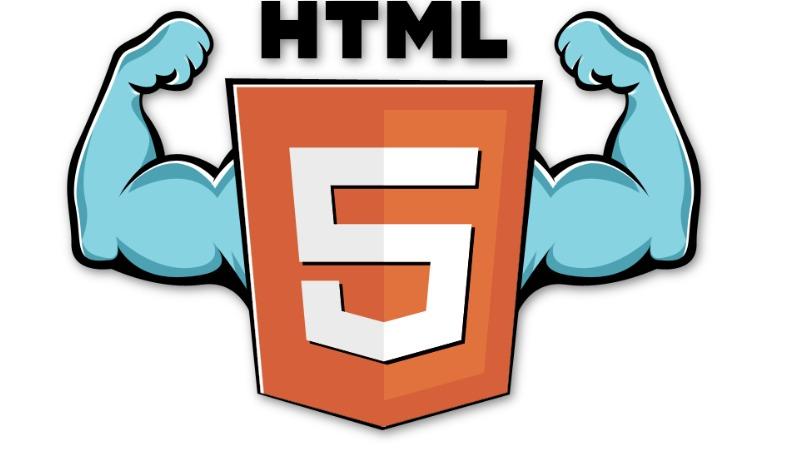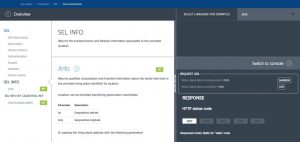The HTML5 language is, at present, the cornerstone for the development of multiplatform applications. You can define endless possible uses of this platform and even integrate it with the cloud as much as you need. Its new specifications support dozens of elements and attributes to improve programming, from an audio and video player to the development of games and the creation of office or management applications.
If you're a developer and want to create a good application in HTML5 you should not forget other technologies that go hand in hand with this development environment. For example, HTML5 provides components we can use in our pages and at the same time JavaScript offers developers great dynamism, helping the different components to integrate or communicate with a server. Furthermore, CSS3 adds styles and colours to the website, making it much more eye-catching and attractive.
Keys to a good development
It should be noted that in HTML5 there is nothing magical or environments that integrate everything, since the technologies are quite diverse and everyone uses what’s more suitable for their needs, although there are others that can complement our work making it more productive.
To create a standard application in HTML5 you just need a plain text editor like Notepad. But don't be scared; we know that the development process with these editors is long and complicated. There are many useful tools already designed, and countless programmes ready to help you with the syntax, making it more colourful or suggesting what tags to use. Among these tools are Notepad++ and Sublime Text.
You also have to know that there are now plenty of JavaScript frameworks that allow us to obtain a more simple and clean code – thereby improving the app’s maintenance. In addition, they allow to make templates that enable us to reuse HTML5 code and to separate the 'view' of the 'data'. Two examples of these work environments would be AngularJS and Embers.js.
Regarding CSS, the most used is jQuery, an integration of JavaScript and CSS3. A very useful tool is ThemeRoller, which with just a few clicks can add style to a website.
Hence, to develop a web application we could start by using the technologies and the benefits provided by AngularJS and jQuery, with Notepad + + as the text editor. This would be an interesting combination to start out on the right path.
What's new in HTML5
Tags have been enhanced in the latest version, making the final source file smaller, simpler and easier to follow, hence improving the website’s maintenance. It should also be noted that some tags from previous versions are now obsolete or no longer exist, such as basefont, applet, center, etc. These elements have been removed or have been re-written in HTML5.
The new tags provide features such as:
-
Geolocation: they allow to know your approximate location. Very useful to filter searches taking into account the place where you are (apps to locate restaurants, etc.)
-
Storage on the client: very useful when developing games and downloading resources like audio or images, allowing them to run faster.
-
The ability to use the device's hardware, such as the camera's flash or the webcam.
-
Using the canvas element to develop 3D animations or graphics.
-
The possibility of watching audio and video without plugins or complicated coding in JavaScript
One of the best examples related to this last point is offered by Vimeo, which has completely revamped its HTML5 video player. The default values of Vimeo's new player offer a better viewing experience, on desktop computers as well as on mobiles and tablets. Furthermore, the video playback adapts to the device without installing extensions. Om addition, download time is faster: it now takes half the time compared to Vimeo’s previous flash module.
Future prospects
During the year 2014 it is expected that the HTML5 language will reach its final development phase. In its Top 10 ranking of the technologies that will have a major impact on business during the next five years, Gartner says that this year the improved JavaScript performance will push HTML5 as the mainstream enterprise application environment. But the truth is, as the consultancy points out, that "no single tool will be optimal for all types of applications."
In fact, hybrid apps, those combining comprehensive development with HTML5, will gain ground against native apps, fully developed in the environment of each operating system, and web applications, fully developed in HTML5. According to an article in SiliconWeek, in 2015 60% of the apps will be hybrid, with web and native applications around the 30% and 10%, respectively.










